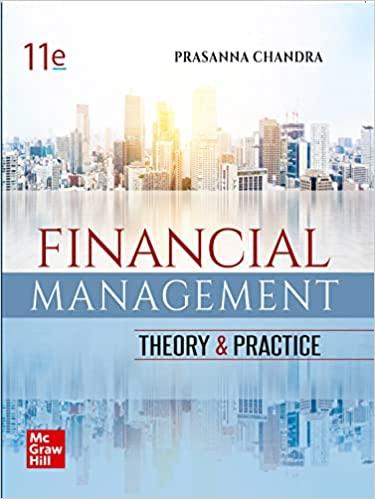Question
To begin, Bill reviewed Beltway's balance sheet, which is contained in Table 1.. Next, Bill assembled the following relevant data: (1) The firm's tax rate
To begin, Bill reviewed Beltway's balance sheet, which is contained in Table 1.. Next, Bill assembled the following relevant data:
(1) The firm's tax rate is 25 percent.
(2) Beltway's 7.0 percent semiannual coupon bonds with 15 years remaining to maturity are not actively traded. However, a block did trade last week at a price of $950 per bond. (3) Beltway uses short-term debt only to fund cyclical working capital needs.
(4) The firm's pays a $2.50 quarterly dividend ($10.00 per year) on perpetual preferred stock (par value of $100) that is traded on the American Stock Exchange AMEX. Its current price is $104 per share; however, Beltway would incur flotation costs of $2.00 per share on a new issue.
(5) Beltway's common stock is currently selling on the AMEX at $45 per share. The firm's last years dividend D0 was $2.00, and dividends are expected to grow at roughly a 8 percent annual rate in the foreseeable future.
(6) The firm's historical beta, as measured by a stock analyst who follows the firm, is 1.3. The current yield on long-term T-bonds is 5.0 percent, and a prominent investment banking firm has recently estimated the market return is 10%.
(7) The required rate of return on an average (A-rated) company's long-term debt is 7.5 percent.
(8) The firm's market value target capital structure is 30 percent debt, 10 percent preferred stock, and 60 percent common stock.
What is the WACC?
Step by Step Solution
There are 3 Steps involved in it
Step: 1

Get Instant Access to Expert-Tailored Solutions
See step-by-step solutions with expert insights and AI powered tools for academic success
Step: 2

Step: 3

Ace Your Homework with AI
Get the answers you need in no time with our AI-driven, step-by-step assistance
Get Started


